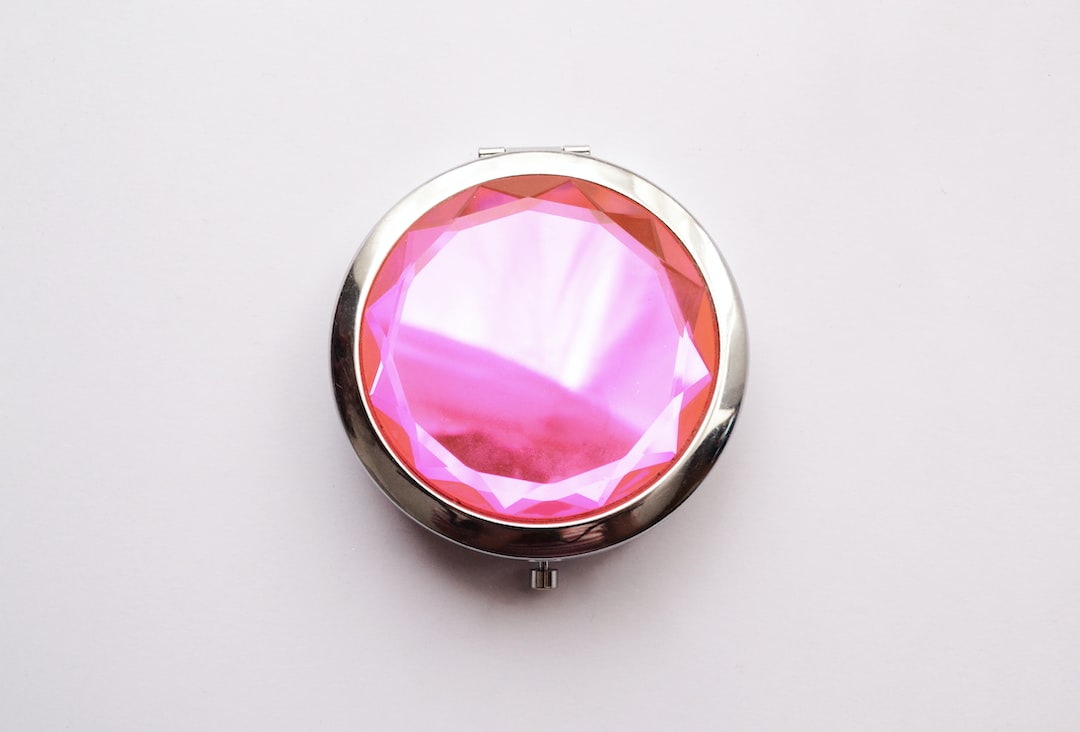Color tattoos have become increasingly popular in recent years due to their vibrancy and ability to create intricate designs. However, when it comes to tattoo removal, color tattoos pose a greater challenge compared to their black and grey counterparts. In this article, we will explore why color tattoos are harder to remove and the factors that contribute to their stubbornness.
The Role of Pigments
One of the primary reasons why color tattoos are more difficult to remove is the variety of pigments used. Unlike black tattoos, which mainly rely on carbon-based pigments, color tattoos often incorporate a wider range of pigments that include various metal oxides and organic compounds. These pigments can have different molecular structures and sizes, making them more resistant to laser energy used in tattoo removal.
Pigment Depth and Density
The color intensity and permanence of a tattoo depend on the depth and density of pigment deposits in the skin. In color tattoos, different pigments are often layered to create shades, gradients, and vibrant hues. The deeper and denser the pigment deposits, the more difficult it is for laser energy to penetrate and break down the ink particles. This makes the removal process more challenging and time-consuming.
Light Absorption and Scattering

The colors used in tattoos can also affect the efficiency of laser treatment. Certain colors, such as blues and greens, have a higher absorption rate for specific laser wavelengths commonly used in tattoo removal. On the other hand, colors like yellow and white tend to scatter the laser energy, making it less effective in targeting and fragmenting the pigments. The need for multiple laser sessions and different wavelengths can further prolong the removal process for color tattoos.
The Impact of Skin Type
Another crucial factor in tattoo removal is the individual’s skin type. Skin characteristics such as color, thickness, and the presence of underlying conditions can influence the accessibility of laser energy to the tattoo pigments. In general, individuals with lighter skin tones and less dense or thinner skin have a higher success rate in tattoo removal. This is because the contrast between the tattoo pigments and the surrounding skin makes it easier for the laser to target and break down the ink particles.
While technology has advanced significantly in recent years, color tattoos remain more challenging to remove compared to black and grey tattoos. The variety of pigments used, pigment depth and density, light absorption and scattering properties, as well as individual skin characteristics, all play a role in the difficulty of removing color tattoos. It is essential for individuals considering tattoo removal to consult with a professional and understand the potential challenges associated with color tattoo removal.